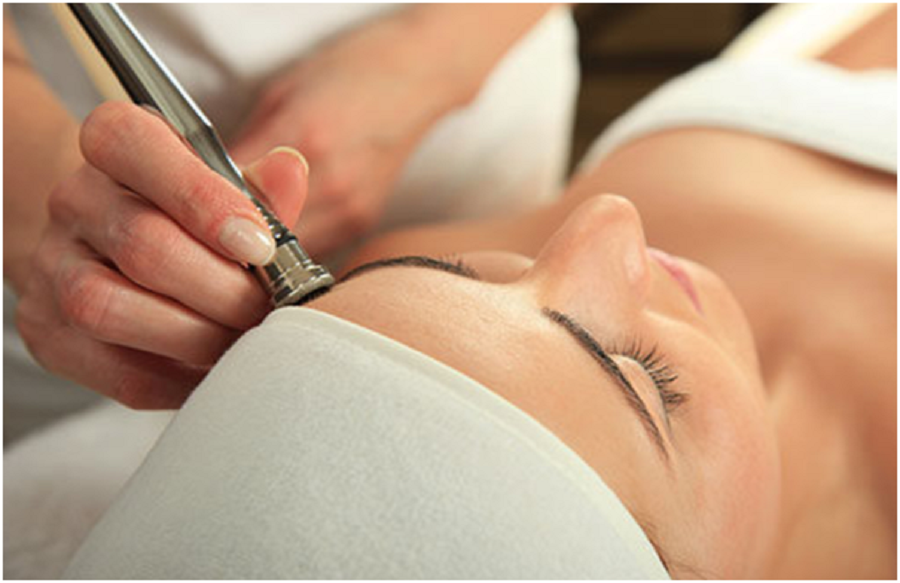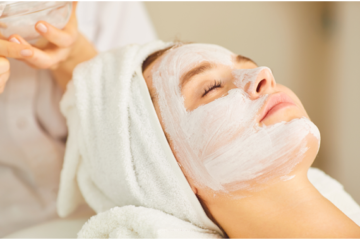Unpacking the benefits and risks of microdermabrasion

What was once a new-fangled skin treatment has become a common cosmetic procedure embraced by those seeking a refreshed and refined look. Indeed, the art of microdermabrasion has infiltrated beauty regimes across the world. Whether you’re at a boutique day spa in Paris or visiting a microdermabrasion in Perth, this treatment has gained popularity thanks to its wide range of benefits.
But what exactly are those benefits, and how do they weigh against the relative risks involved in this treatment?
We look at the pros and cons of microdermabrasion to help give you more insight into treatment outcomes and side effects.
First things first: what’s involved in microdermabrasion?
In order to understand the benefits and risks of this common procedure, it helps to know what takes place.
Microdermabrasion relies on an abrasion-and-suction technique. Fine particles of aluminum oxide are sprayed onto the face while a small handheld vacuum removes skin cell debris. By buffing away the outermost layers of dead skin, fresh new layers underneath are revealed.
As such, this cosmetic treatment is considered minimally invasive in contrast to other resurfacing methods, including chemical peeling, dermabrasion and laser resurfacing.
The potential to deliver a bevy of beauty benefits
This mechanical method of exfoliation is typically used to treat the following conditions:
Hyperpigmentation:
The appearance of darker patches of the skin caused by sun damage, inflammation, or skin injuries can be reduced or even diminished over a number of treatments (depending on the type of lesion, size and depth of the vessels, and location to be treated).
Fine lines:
With multiple treatments, microdermabrasion can target fine lines and wrinkles present on the outermost layer of skin. It should be noted that deeper wrinkles and scars may require a more aggressive treatment, such as chemical peels or laser resurfacing. Moreover, microdermabrasion will not tighten sagging skin as a result of ageing.
Acne and congestion:
In the process of removing dead skin cells (which can contribute to clogged pores), microdermabrasion can also reduce the excess oil residing in these pores, which often causes acne. However, deeper acne – such as nodular or cystic breakouts – will require different therapies, as microdermabrasion may further exacerbate inflammation rather than treat it.
Shallow acne scars:
Similarly, depressed acne scars (or small pits in the skin) can be treated using microdermabrasion, whereas ice pick scars, which penetrate a number of skin layers, are not appropriate for this type of therapy.
Dull and tired skin:
The abrasive nature of microdermabrasion acts to stimulate collagen production and blood flow, which can improve cell production and rejuvenate the skin’s elasticity.
In addition, microdermabrasion can enhance the penetration of skin oils, creams and serums by up to 10-50{06ea24fe2ba415d6859e62a205d33bde11a184cf730fa7b8cecc8bfce17ace56}.

So, what are the risks?
The results offered by microdermabrasion sound pretty great, right? However, it would be remiss of anyone to focus on those ultra-positive benefits alone.
At its core, microdermabrasion is considered a gentle and non-invasive treatment that offers quick recovery time, yet it’s worth bearing in mind that certain risks do exist:
- Mild tenderness
- Mild dryness
- Sun sensitivity
- Bruising or scratching
- Swelling
- Redness
While these side effects may occur, you can take comfort in the fact that they are only temporary and should disappear within a few hours after receiving treatment.
Following your treatment, be sure to take the necessary precautions: avoid excessive sun exposure, apply sunscreen, use gentle skin care products, and keep skin hydrated with a good-quality moisturiser to minimise dryness and flakiness.
Leave a reply
You must be logged in to post a comment.












